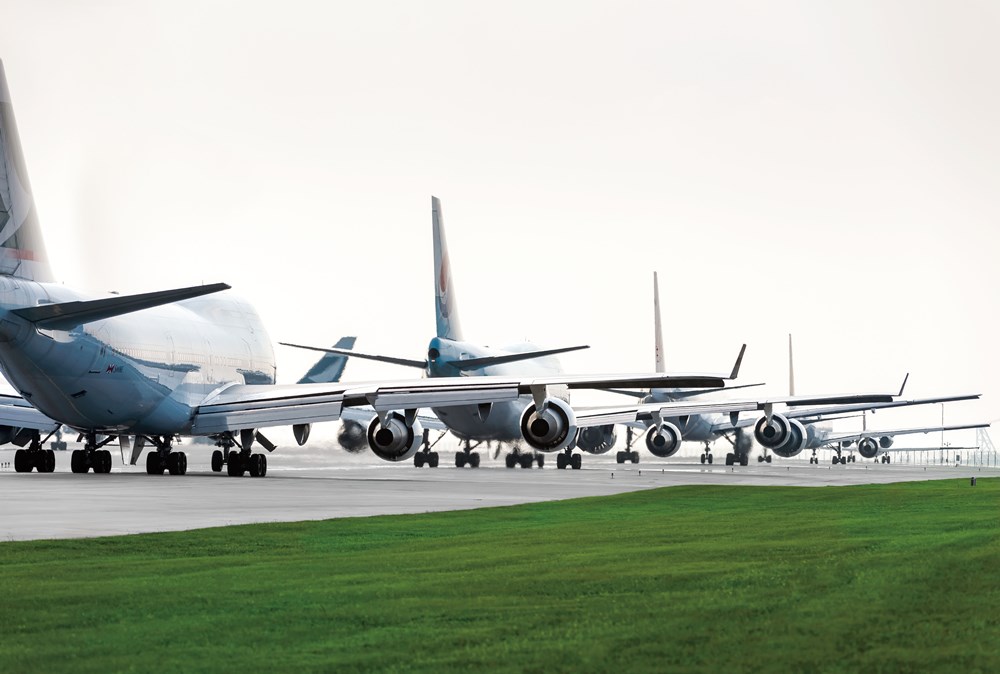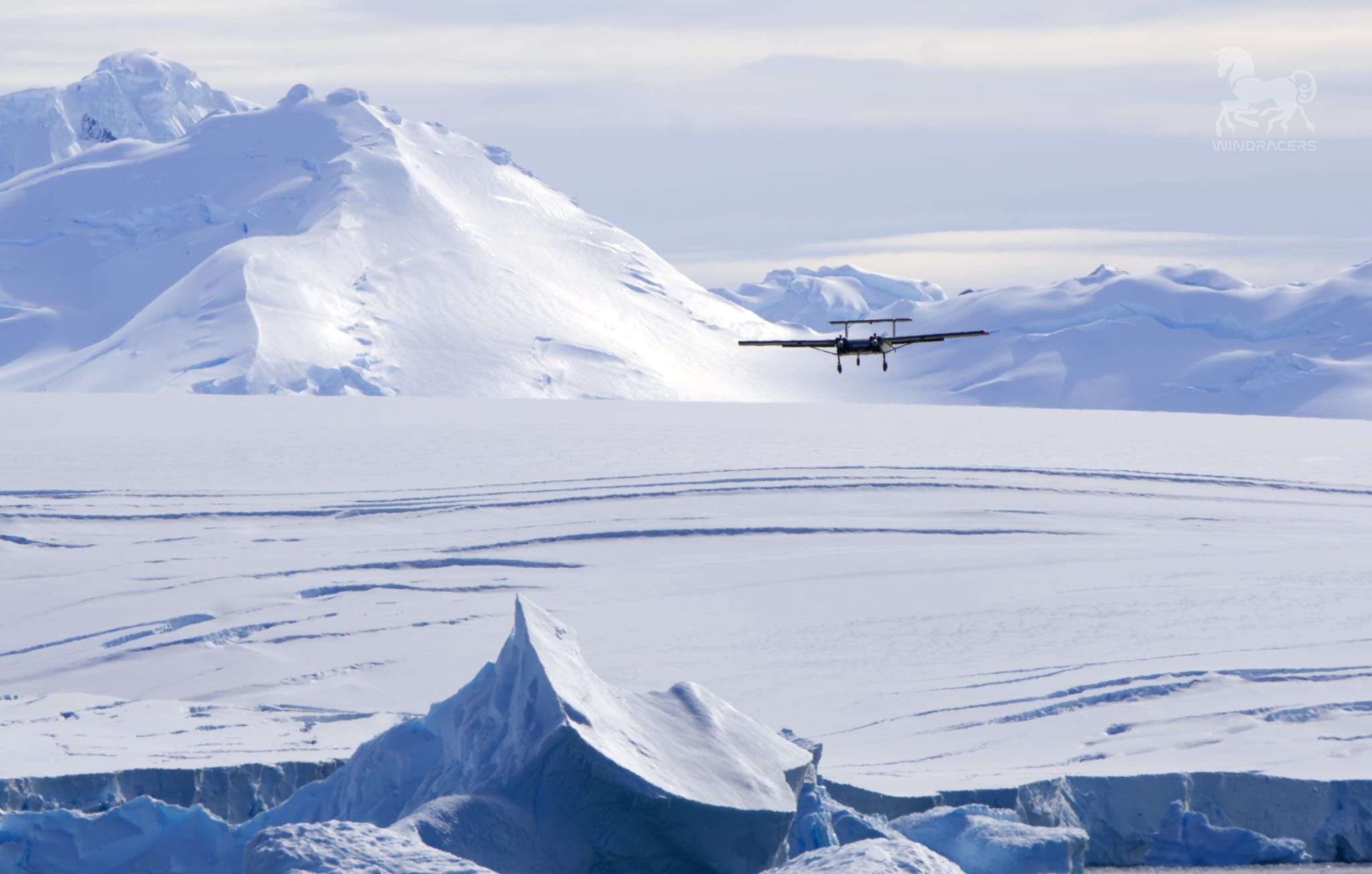First flight approved for 330-Minute ETOPS
Courtesy Boeing
Air New Zealand Chief Flight Operations and Safety Officer Captain David Morgan says the 330-minute extended operations gives the airline more flexibility for direct services.
“We’re delighted to be the first airline globally to offer the longer ETOPS on our 777-200 aircraft for our Auckland - Buenos route. It allows us to offer a new and exciting destination for our customers."
The flight marks the culmination of stringent airplane configuration and operational requirements set by the US Federal Aviation Administration and the New Zealand Civil Aviation Authority. The 330-minute ETOPS authorization allows the carrier to operate its 777-200ER airplanes equipped with Rolls-Royce engines up to 330-minutes from airports-- enabling more direct flights, lower fuel usage and less emissions.
“We are pleased to mark this milestone with Air New Zealand, a valued Boeing customer, who has led the industry on ETOPS approvals for decades,” said Elizabeth Lund, vice president and general manager, 777 programme. “Air New Zealand has truly embraced Boeing’s philosophy of point-to-point service, creating new and exciting routes to connect passengers worldwide.”
Air New Zealand began 240-minute 777-200ER/Rolls-Royce Trent 800 ETOPS flights in October 2014 and flew long-range routes for approximately one year before being granted 330-minute ETOPS approval in November 2015.











